Digitalization is most often used to transform physical objects, artifacts, photographs, or documents into digital data for backup purposes and to prevent decay or destruction.
Digital files are easier to edit and share on computers without even touching the original copies. People can now store millions of pages of documents in a tiny piece of hardware rather than in suitcases.
As technology grows, even the real-world environment can be digitized. 3D virtual reality and digital maps are a few of the most common examples, but there is another prominent form of real-world digitalization that has been around for quite a while, albeit with less fanfare: design simulation.
What Is Design Simulation?
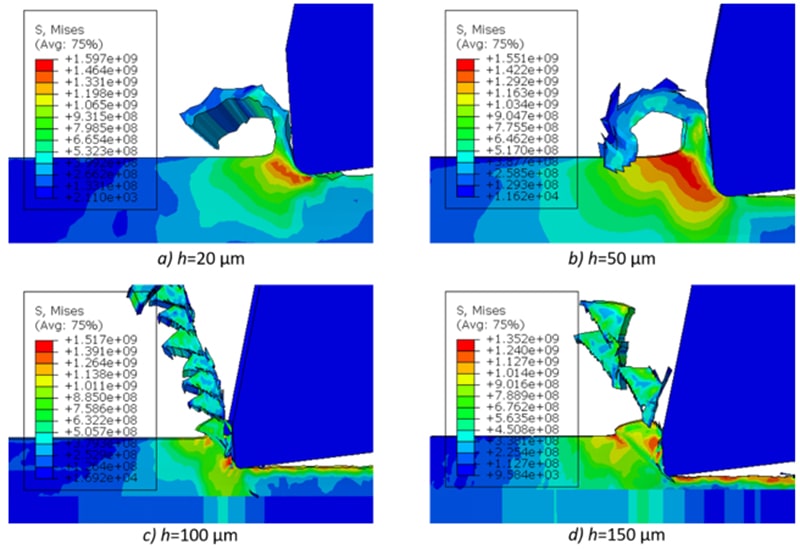
Design simulation is a tool for CAD drafting services, engineers, architects, and manufacturers to evaluate the performance of any product that does not yet exist.
It helps them determine whether the product meets a particular design parameter regarding features, strength, deterioration, expected lifespan, safety, energy requirements, and any other variables to ensure optimum use. For a proper simulation to work, the product must be in a digital form as well.
Design simulation requires the computer to create a digital space filled with an accurate representation or imitation of real-world environments, objects, phenomenon, and causality.
This digital environment should cover all possible variables that may affect product performance in real-life usage cases including but not limited to mechanical stress, impact with other objects, speed, temperature changes, exposure to sunlight and natural elements, electric currents, air pressure, water submersion, and overutilization.
Simulation programs may help manufacturers find design flaws in products, but they can also provide data-driven suggestions on the ideal conditions that the product can be used to its full potential.
Simulation can be simple enough that it generates results from an easily-observable phenomenon, for example, how a kitchen knife retains its edge after repeated impacts against a cutting board, or if the handle remains comfortable after vigorous usage.
It can be exceedingly complex too, such as a simulation program to figure out how car design affects aerodynamics. Although each product category requires different simulators, all of them have the same purpose: to analyze the behaviors of products during actual usage. Some programs are even created to simulate the behaviors of manufacturing equipment in a production line.
The products put into simulator programs are still in the conceptual stage or act as a digital prototype only. It is possible to simulate already-manufactured products, but that would defeat the purpose of simulation in the first place. That being said, simulation can still be helpful to provide evidence of design flaws or to make a strong case for immediate improvements.
What Tools Do Designers Use?
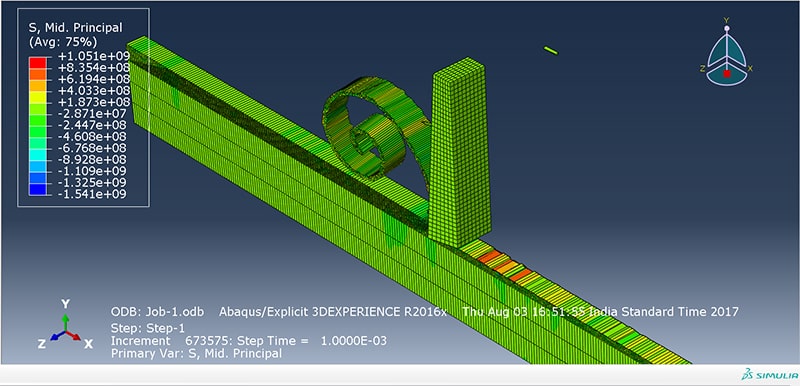
3D modeling companies can use stand-alone simulation programs or built-in simulation tools in some 3D CAD software suites. When a simulation is intended to mimic very specific phenomenon such as aerodynamics, thermal management, aeroacoustics, electromagnetic disturbance, and motion analysis among others, the former is often a better option.
However, the latter usually covers a broader range of variables useful for multiple applications. Limitation in analysis details is expected simply because the simulation tool only serves as a secondary function to the actual 3D designing tools.
In the early development of a design simulation program, the analysis is largely limited to the interactions between several physical aspects of a conceptual product and variables tested. As technology grows, design simulation software has become much more sophisticated, capable of mimicking a wide range of behaviors and generating accurate results as well.
Hardware and software capabilities are not much of a concern right now; even home computers are powerful enough to run complex simulations without significant glitches. As long as the data points are correct, simulations should generate usable results too.
Main Advantages of Design Simulation
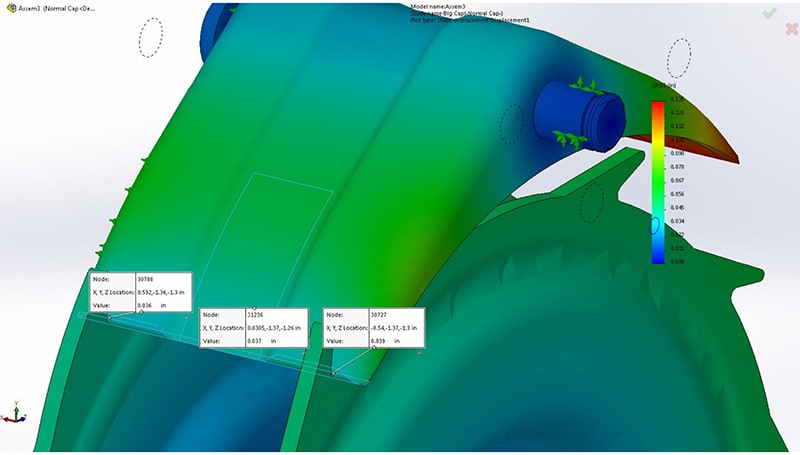
Freelance product designers use simulators to find room for improvements in their products. Since the products are still in the conceptual stage and digital form, it is easier to apply changes using 3D CAD software; there is no physical prototype design involved. Based on the data generated by the simulation, they devise solutions and implement refinements.
Everything is data-driven, so chances of mistakes are quite slim, although not entirely impossible. The first few runs of simulations should generate more data because the products are also still in the early stages of development.
After a few more runs, a revised design should reveal fewer flaws and eventually the analysis will verify and validate that the product serves its function precisely as intended. Only by then, the product may enter the next development stage in which building the physical prototype is involved.
From the consumers’ perspective, design simulation greatly improves the chances of getting more usable, optimized, functional, and overall better products. But the advantages are not only for end-users to grab; simulation also delivers a wide range of benefits for the product creators.
1. Faster and More Cost-Efficient Product Development
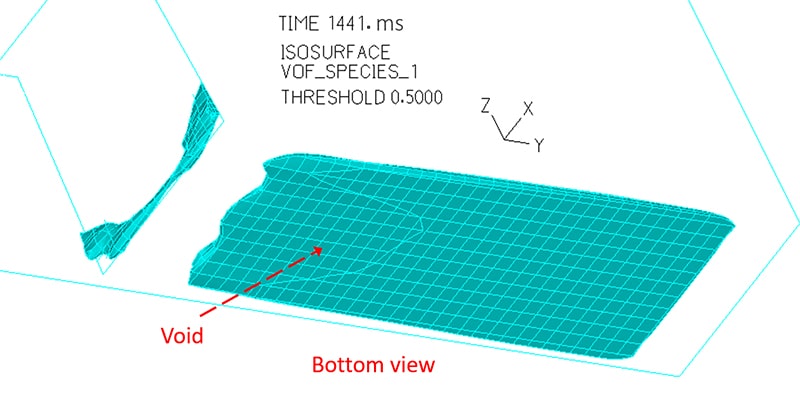
Since design simulation allows mechanical engineers and manufacturers to evaluate the performance of the product while it is still in the developmental stage, a physical prototype is not necessary. The simulation may include all sorts of digital analysis to test the product’s behaviors under various operating conditions and environments. Everything is done on a computer screen, as opposed to testing an actual physical object.
The method significantly reduces (or perhaps eliminates) the need for manufacturing physical prototypes to begin with. This alone delivers significant savings on the cost of product development. Recurrent, tedious, time-consuming, and often expensive testing procedures typically associated with
Design simulation also shortens development time, making it possible for companies to introduce more innovative products to the market much faster than competitors. In complex products such as automobiles, the reduction of development cost is even more prominent.
Using the same car aerodynamic example as before, automotive engineers are now able to determine the efficiency of specific parts of the design such as roof shape, windscreen angle, air inlets, front fenders, side mirrors, and wing in relation to the natural behavior of air as the car moves through it. The analysis will show how any particular part of the design impacts acceleration and steering.
Based on the data generated, engineers evaluate whether any changes can be made to improve the overall performance of the vehicle. They are able to explore the possibility of alternative designs in digital format, so physically constructing the car in the design phase is not necessary. It saves money on the company’s part; when the car enters the market, consumers also get the benefits of more affordability too.
2. Manufacturing Efficiency Evaluation
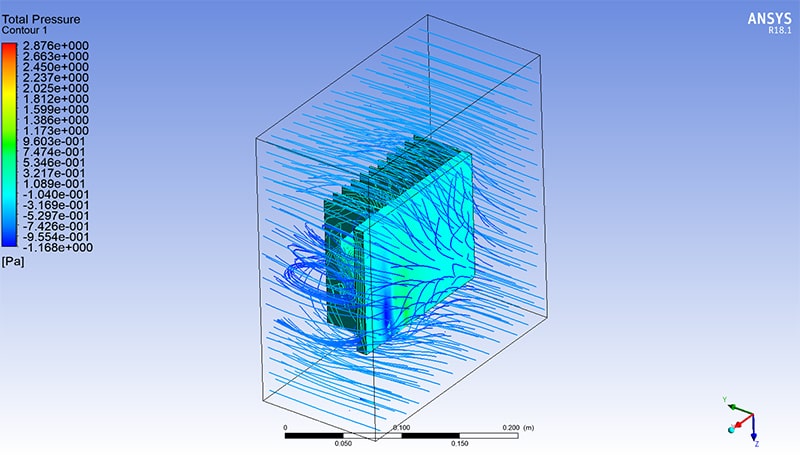
Utilization of design simulation is not limited only to evaluating product performance; simulation is equally effective to determine the best possible manufacturing process itself. Commonly referred to as “virtual manufacturing,” the process includes digitalization of production line environment along with the equipment involved.
In this type of simulation, the purpose is to determine manufacturability or if the product idea is indeed technically viable and will be profitable concerning the allocated resources and expected quality. Depending on the complexity of the design, the manufacturer can then make an informed decision about whether to ditch the idea or invest in more advanced equipment.
3. Simulation as Concept Demonstration
Used in combination with animation or computer graphics instead of numerical data, design simulation delivers a more understandable demonstration of product behaviors under certain usage conditions.
Relationships among product’s components, treatments from users, natural environments, and other usage variables are more easily observable, thanks to the graphic-intense presentation using animation.
Once again using the aforementioned example of car aerodynamic simulation, computer animation (displaying the car in motion and simulated behavior of the surrounding air) is much more understandable for general viewers. They know what happens when a solid body moves through air and how the interaction affects car performance.
4. One Step Closer to Single-Prototype Development Stage
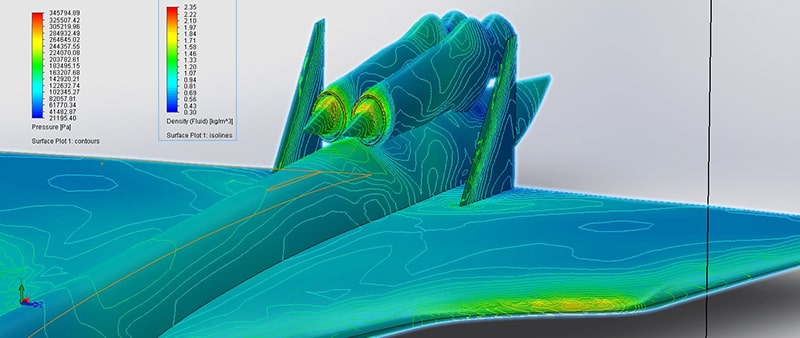
In the old days, the only way to evaluate product performance was to have a physical prototype tested. Performance analysis gathered from the first test is used as the foundation to address issues found. Minor (and potentially major) design changes are implemented to build another prototype. It is a recurrent process until the product delivers the expected quality and performs as intended initially.
To get the best aerodynamic design of a car, for example, an automaker will need to use multiple pre-production units to evaluate a single design element. Assuming a prototype unit is relatively expensive to build, the development process consumes a lot of financial resources.
Virtual testing requires no physical prototype at all. The design of the car is digitally drawn in 3D from scratch. In the hands of experienced professionals, 3D CAD software is a powerful tool to create a realistic representation of an otherwise physical object in digital form. Not only does it look the same as the actual unit, but also contains real data.
A lot of 3D CAD software suites are sophisticated enough to build a complex product such as a car. Everything is so precisely detailed to the point where the 3D digital model can be considered a prototype.
Unlike a physical prototype, fortunately, engineers can modify the digital drawing on the computer screen. They can change the shape, dimension, and all associated properties accordingly without having to work with an actual car.
Just like the previously mentioned example of aerodynamic design, the digital prototype is run on a simulation program to figure out how the car behaves as it moves through
With simulation models, engineers can explore all design alternatives with just a few clicks. It is quick, cost-efficient, and more flexible at the same time. There is also zero risk of damaging the product regardless of the variables tested and parameters given.
During the simulation, the engineering services company can put the car to an extreme usage condition to see how it performs; if need be, the parameters are set to practically impossible boundaries for the sake of gathering data. For example, a simulation may mimic the condition of the North Pole to examine how the car withstands extreme temperature without a noticeable decrease in performance.
Implemented properly, a company may only need to build one physical prototype unit for an actual test drive before mass-production begins because performance data are gathered already in a virtual environment during simulation.
This is true in the car industry because companies must put their products to an obligatory crash test for safety rating. For simpler products such as a kitchen knife, a prototype may not be necessary at all; the only prototype is the final product.
5. Resource Optimization and Less Energy Consumption
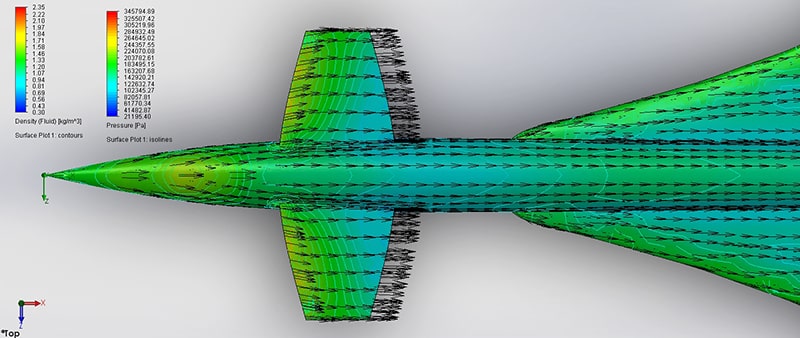
It takes much less resources to create a 3D model of a product than to build a physical prototype. A team of just several professionals can deliver a fully-detailed digital prototype ready for a simulation program within a month or sooner. As long as they have computers powerful enough to run the required software, they are good to go.
Building a physical prototype means manufacturing (or purchasing) materials and parts; everything must be assembled in accordance to design parameters in an actual production line. Performance evaluation also happens in real-world, which leads to logistical work as well.
Design simulation is an affordable and flexible approach to the product development process without sacrificing the accuracy of performance evaluation data.
It requires fewer employees to get the job done, leading to significant savings in time, efforts, money, and energy; valuable resources that the company can spend more productively for further research on the next better design.
6. Safer Way to Protect Investment and Human Lives
Every evaluation of product performance is conducted in a virtual environment. Once again the process involves no physical prototype, so there is no risk of damaging the object at all.
Assuming the product breaks, explodes, collapses, or simply fails to meet the desired performance threshold in the simulation, all those unfortunate events happen on the computer screen. There is no risk of financial loss because the simulated product does not exist to begin with.
Still using the same example of car aerodynamic design, the vehicle only exists as a digital model. In case the car suddenly loses traction during a simulation run and crashes into a sidewalk, the only thing that needs rebuilding is the digital model.
Instead of suffering from capital loss, the company and investors actually gain more advantage thanks to the data generated – the very purpose of design simulation in the first place.
Conclusion
Design simulation is often used as the generic term for CAE (computer-aided engineering). It essentially helps manufacturers evaluate, analyze, improve, and validate functions or performance as well as the manufacturability of a product in the virtual world.
In many industries including automobiles, aerospace, architecture, electronics, and even household products manufacturing, CAE has become the standard approach to product development.
In recent years with the rapid growth of computer technology, design simulation continues to become more accessible too. Hardware and software are getting more affordable, powerful, and easy to use, allowing small companies (also individuals) to utilize design simulation to test their ideas.
The concept of design simulation is simple: it makes companies see both the effective and ineffective parts of their product designs, and generate suggestions on how to improve them. The absence – or rather the absolute lack of necessity for – physical prototype makes the development process much less resource-demanding.
If you are in the process of developing a prototype for your project, you can use Cad Crowd’s help with a variety of tasks such as CAD design services, prototype design services, prototype tooling, or 3D rendering services. See how it works.
